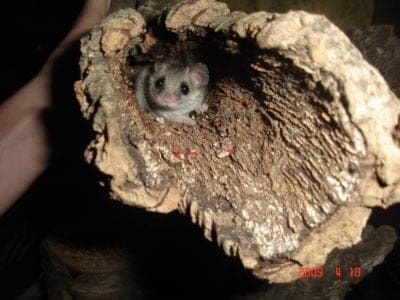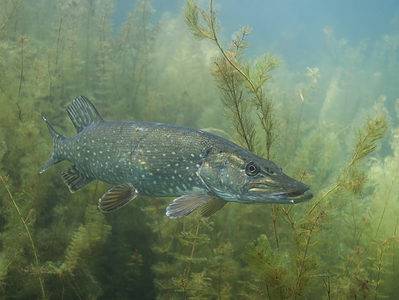Below you can find a complete list of Montenegrin animals. We currently track 231 animals in Montenegro and are adding more every day!
While a small country, Montenegro is a world largely packed with adventure and beauty in its tiny region. The country boasts the world’s oldest olive tree. There are over 100 sun-drenched beaches and wondrous mountains. It’s considered a Mecca for bird watchers.
Montenegro is located in the Balkan West central region in the Dinaric Alps’ Southern end. The country is on the southeast end of Albania and on the east by Kosovo. It is also bordered by Croatia and the Adriatic Sea on the Southwest, and Bosnia and Herzegovina on the Northwest. Finally, there’s Serbia (Northeast, Albania (Southeast), and Kosovo (East).
Montenegro is also a great place for wild animal lovers. The terrains range from wide plans to high mountains and thick, temperate forests. You can find wildlife almost everywhere you turn. Let’s take a look at Montenegro and what you’ll likely come across with their unique animals.
The Two “Unofficial” Animals in Montenegro
This isn’t an easy question to answer. It would appear Montenegro does not officially have a “national” symbol using some wild dangerous animals or inspired by extinct animals.
Some argue the country’s mascot is the lion. And there appears to be evidence to support the argument. The country’s flag is often augmented with an image of a proud lion that looks to be protecting itself. You can find the wild lion in many pieces of art that pay tribute to the country’s legacy and strength.
When one Montenegrian looks to complement a fellow Montenegrian, they compare that person to the king of wild beasts, often using the phrase “like a lion.” The countries athletes usually receive the epithet “lion” or “lioness.”
But greater evidence indicates the country’s national animal is, like here in the good ol’ U.S.A., is the imperial eagle. While the wild lion appears on the occasional flag, the eagle is prominently on display on ALL Montenegrian flags.
The flag proudly shows a pair of brave eagles framed like a shield. They sport a crown over a background of at least one of Montenegro’s national colors (red, white, and blue). It’s said since ancient times, the imperial eagle has been a vital part of the country’s culture.
The bird is highly respected by Montenegrians for its majesty and bravery. In the Eastern Roman Empire, it wasn’t uncommon for great leaders and influencers to carry an eagle. The eagle too appears in a great number of Montenegrian art. In many of those pieces, the eagle is alongside the lion.
The Most Dangerous Animals in Montenegro Today
The wild truly run free in Montenegro. You’ll find wildlife that includes wolves, bears, snakes. While there are dangerous animals, the country is tourist-friendly. As long as you have a local guide, it’s safe to transverse any of the national parks and have safe encounters with wildlife.
Here are a few of the most dangerous animals in Montenegro.
- Brown Bear – Hands down, the brown bear lands at the top of the list of Montenegro’s most dangerous animals. They populate many areas in Montenegro and Bosnia. Weight can start at 200 pounds and spiral well over 800. These unique animals have powerful frames and extremely sharp claws. These are aggressive wild animals and tend to terrorize any species it comes in contact with. The brown bear is omnivorous with plants a big part of its diet.
- Black Widow Spiders – Like the viper, the black widow doesn’t become a threat until it perceives one. On average though, there are far fewer spider widow fatalities (in the U.S.) compared to dogs, insects, or horses. Still, the powerful neurotoxins are damaging. Symptoms include cramping, headaches, fever, and nausea.
- Wild Boar – The wild boar is an extremely dangerous animal. They are not only aggressive and willing to attack on sight, they carry a range of diseases. Humans exposed to them can contract TB, influenza A or hepatitis E. These wild animals are responsible for thousands of road accidents a year. They look like pigs but they are stronger and are capable of chasing anything that moves.
Where to Find the Top Wild Animals in Montenegro
The sparsely populated country is an vast wildlife ecosystem. There is a variety of predatory wild animals, peaceful creatures, insects, fish, and birds. The country has a wide variety of reptiles, birds, and fish. The animal lover will never tire of exploring the Montenegro wild. Here are some animals to look for and where to find them.
- Deer – There are two types of deer in Montenegro, the fallow and the red. They are common in the Caucasus Mountains.
- Mouflon – The Mouflon is a species of sheep found in the country’s wild mountain regions. They’re noted for their huge horns.
- Balkan Lynx – Located in the western regions of the Balkans, these unique animals are native to Montenegro.
- Aesculapian Snake – Inhabitants of the local forests, the Aesculapian will be hard to miss. It can grow to over 60 inches.
- Vipera Ammodytes – Considered one of the most dangerous animals in Montenegro forests, the Vipera’s venom is the highest priority in central Europe.
Endangered Animals in Montenegro
Unfortunately, a variety of wild animals found in Montenegro are endangered. Like many extinct animals, the common threats to the Montenegro animal populace ranges from risks to ecosystems that include hunting, man’s expansion, pollution, and global warming.
From Earth’s Endangered Creatures, here are 10 endangered animals looking to be extinct in Montenegro.
- Salmon – fish
- Greater Spotted Eagle – bird
- Great White Shark – fish
- Horseshoe Bat – mammal
- Red-footed Falcon – bird
- Rock Lizard – reptile
- Stone Crayfish – fish
- Rosalia Longicom – insect
- Marbled Polecat – mammal
- Egyptian Vulture – bird
The Flag of Montenegro
The flag of Montenegro consists of a red field with a gold border and the country’s coat of arms in the middle. An orb and scepter are held in a crowned golden eagle’s talons with two heads appearing on the coat of arms. A lion-themed shield is also positioned over the eagle’s chest.
Montenegrin Animals
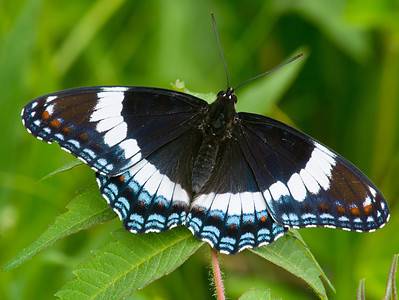
Admiral Butterfly
Stunningly beautiful wings

Ant
First evolved 100 million years ago!

Armyworm
They are so named because they "march" in armies of worms from one crop to another in search of food
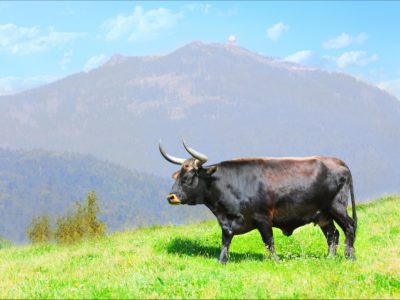
Aurochs
Extinct ancestor of all domesticated cattle!
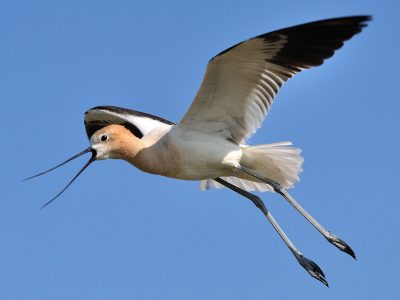
Avocet
Has a curved, upturned beak!
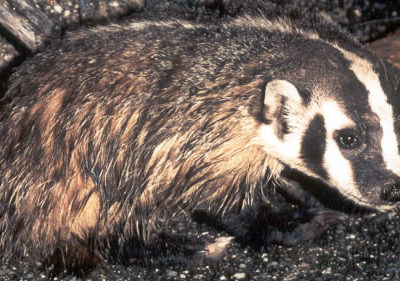
Badger
Can reach speeds of 30 km/h!
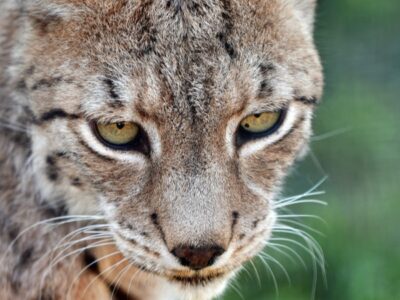
Balkan Lynx
The Balkan lynx communicates mostly with its ears

Barn Owl
Found everywhere around the world!

Barn Swallow
Older offspring help care for new hatchlings.

Bat
Detects prey using echolocation!

Bed Bugs
Bed bugs feed for 4-12 minutes.

Bee
Rock paintings of bees date back 15,000 years

Beetle
There are more than 350,000 different species
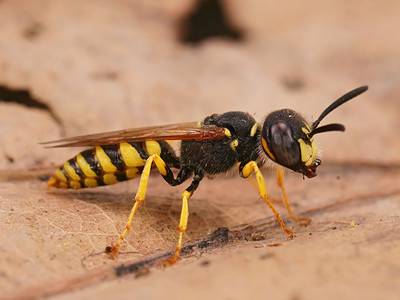
Beewolf wasp
They hunt bees

Bird
Not all birds are able to fly!

Biscuit Beetle
The biscuit beetle form a symbiotic relationship with yeast

Black Widow Spider
They typically prey on insects!
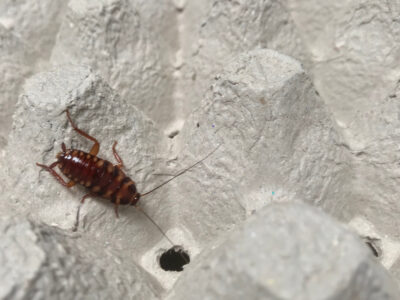
Brown-banded Cockroach
Females glue egg cases to furniture
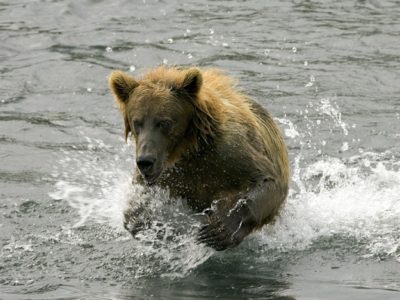
Brown Bear
A dominant predator in it's environment!

Brown Dog Tick
Can live its entire life indoors
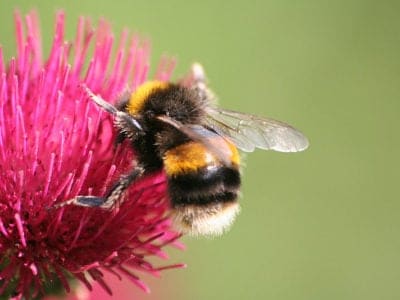
Bumblebee
The most common species of bee!

Butterfly
There are thought to be up 17,500 species!

Camel Cricket
The camel crickets that are found in the USA are light brown in color. They also have dark streaks all over their body.

Carpenter Ant
Carpenter ants can lift up to seven times their own weight with their teeth!

Cat
May have been domesticated up to 10,000 years ago.

Caterpillar
The larvae of a moth or butterfly!

Catfish
There are nearly 3,000 different species!

Centipede
There are about 3,000 documented species!
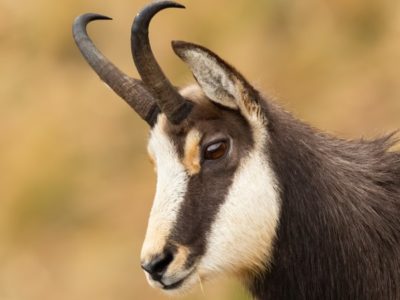
Chamois
Natively found in the European mountains!

Chicken
First domesticated more than 10,000 years ago!
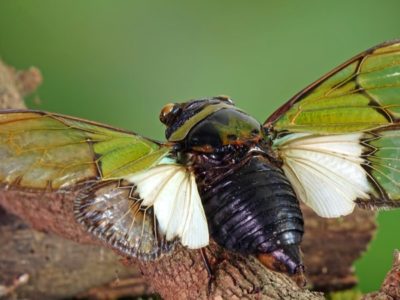
Cicada
Cicadas have one of the longest insect lifespans

Cockroach
Dated to be around 300 million years old!

Codling Moth
Pupae are able to undergo diapause to survive poor fruit yield years and winter.
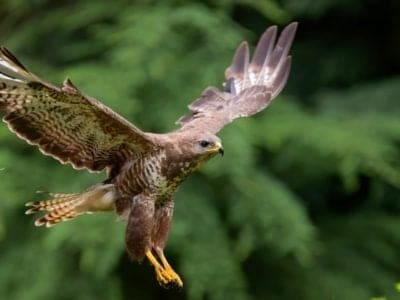
Common Buzzard
The most common raptor in the UK!
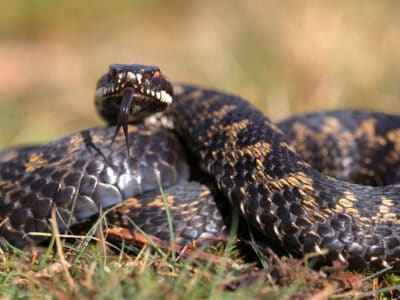
Common European Adder
European adders are the only snake that lives above the Arctic Circle.
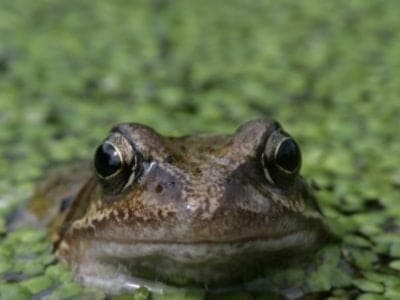
Common Frog
Found throughout the European continent!

Common Furniture Beetle
The common furniture beetle feeds exclusively on wood

Common House Spider
House spiders have the ability to eat most insects in a home.
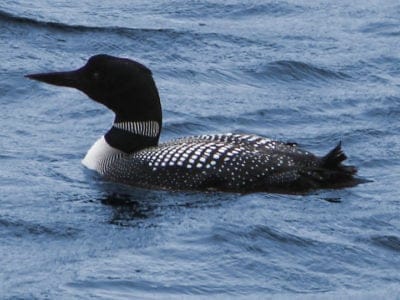
Common Loon
Also known as the Great Northern Diver

Common Raven
A group of ravens is called an unkindness or a conspiracy.
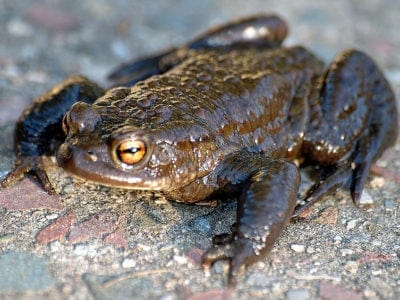
Common Toad
Most active in wet weather!

Cormorant
They can fly 35 mph and dive 150 feet below water.

Cow
There are nearly 1.5 billion worldwide!

Crab
There are 93 different crab groups

Crab Spider
Crab Spiders can mimic ants or bird droppings
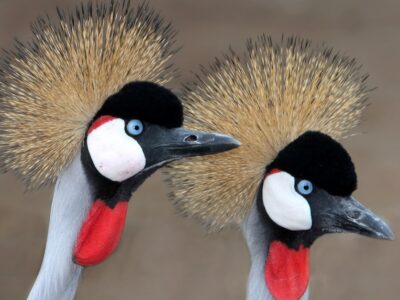
Crane
Many are critically endangered species!

Cricket
Male crickets can produce sounds by rubbing their wings together

Crow
A group of these birds is called a Murder.

Dalmatian
Have an energetic and playful nature!

Dalmatian Mix
These canine’s spots are distinctive in their placement, including different shaped markings, making them unique.
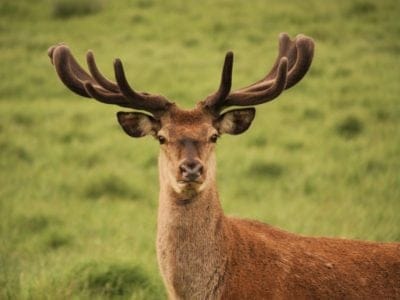
Deer
There are around 40 different species!
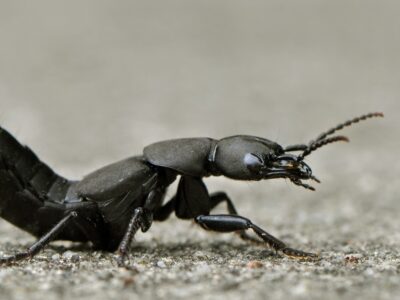
Devil’s Coach Horse Beetle
The Devil’s coach horse beetle can emit a noxious substance to deter predators

Dog
First domesticated in South-East Asia!

Dog Tick
Dog ticks feed on dogs and other mammals

Donkey
First domesticated 5,000 years ago!

Dragonfly
It's larvae are carnivorous!

Duck
Rows of tiny plates line their teeth!

Dung Beetle
The dung beetle can push objects many times its own weight
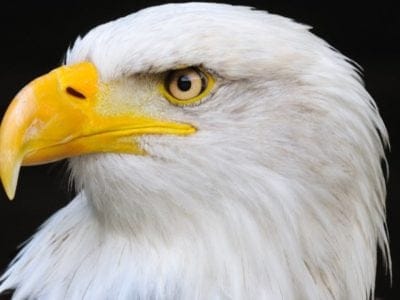
Eagle
Has exceptional eyesight!

Earthworm
They are hermaphrodites, which means they have male and female organs

Earwig
There are nearly 2,000 different species!
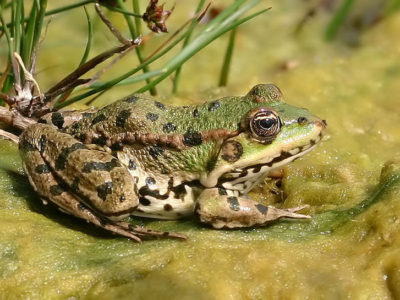
Edible Frog
Are known to guard the muddy banks!

Eel
Eels can be a mere few inches long to 13 feet!
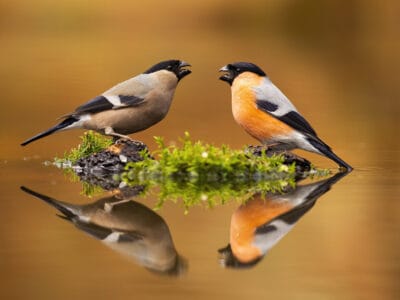
Eurasian Bullfinch
The shy eurasian bullfinch prefers to forage very close to cover.
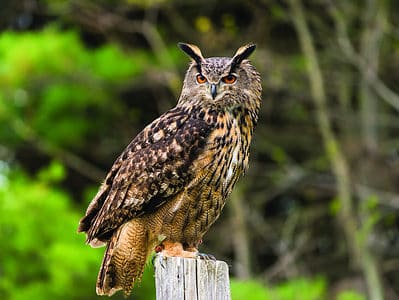
Eurasian Eagle-owl
The Eurasian Eagle-owl is the second largest owl in the world with a wingspan up to six feet!
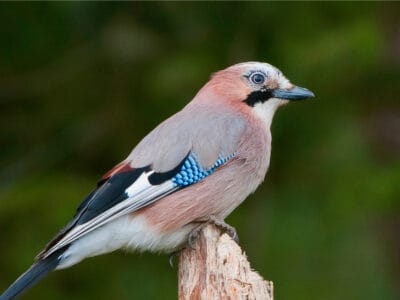
Eurasian Jay
The Eurasian jay has the ability to mimic other sounds
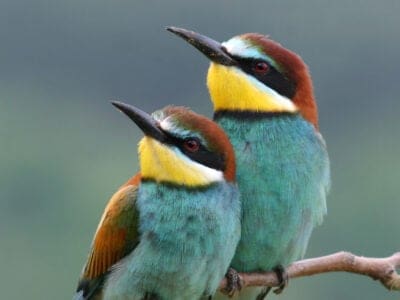
European Bee-Eater
They can eat up to 250 bees per day!
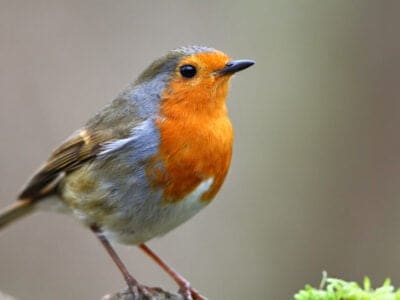
European Robin
Male robins are so aggressive and territorial that they will attack their own reflections.

Falcon
The fastest creatures on the planet!

False Widow Spider
False spiders actually prey on black widow spiders and other hazardous spiders
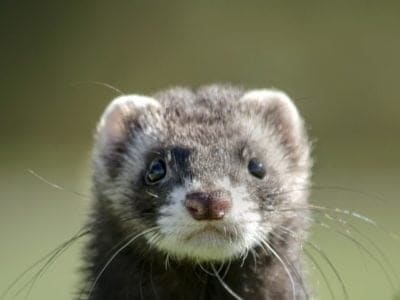
Ferret
Ferrets can be trained to do tricks like dogs!
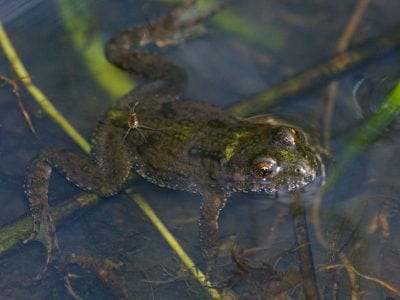
Fire-Bellied Toad
Found across mainland Europe and Asia!
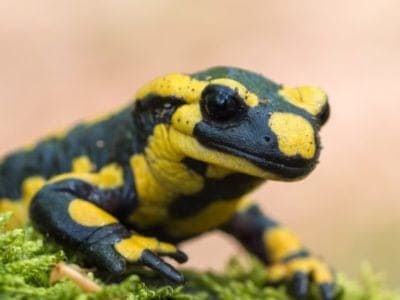
Fire Salamander
Its name comes from the fact that people once believed it was born in fire

Firefly
The firefly produces some of the most efficient light in the world

Flea
Adult fleas can jump up to 7 inches in the air

Fly
There are more than 240,000 different species!
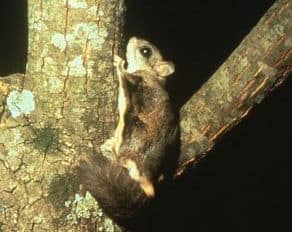
Flying Squirrel
Can glide up to 90 meters!
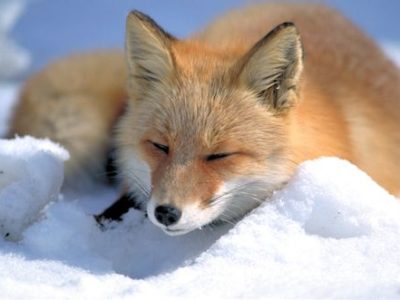
Fox
Only 12 species are considered "true foxes"

Frog
There are around 7,000 different species!

Fruit Fly
Fruit flies are among the most common research animals in the world
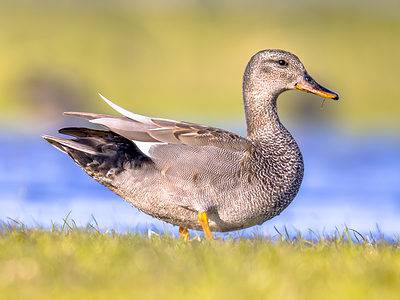
Gadwall
They make many sounds when trying to attract a mate.

German Cockroach
The most common type of urban roach
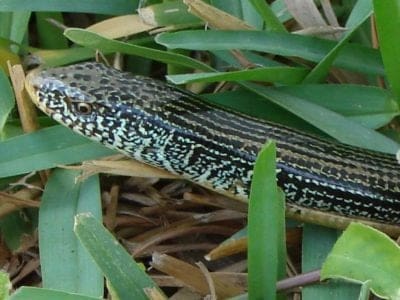
Glass Lizard
Can grow up to 4ft long!

Glowworm
Found inhabiting dense woodland and caves!

Gnat
Males form large mating swarms at dusk
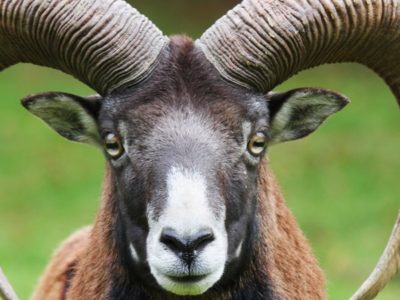
Goat
Most closely related to the Sheep!
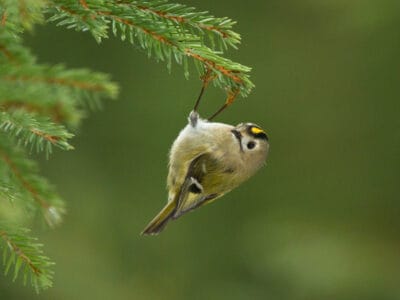
Goldcrest
The goldcrest never starts moving and needs to consume for most of the day to survive. Therefore, in the colder months, it's best that eat 90% a day.
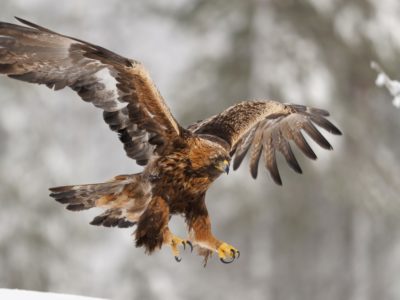
Golden Eagle
Their calls sound like high-pitched screams, but they are quiet most of the time.
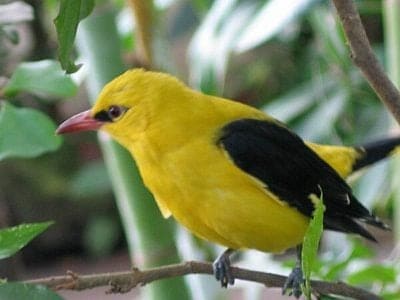
Golden Oriole
Migrates between Europe and Asia!
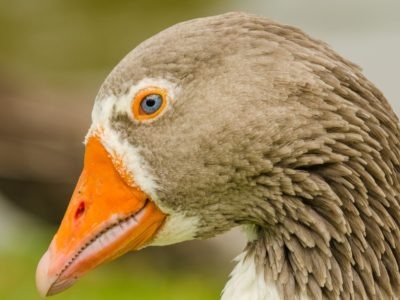
Goose
There are 29 different species!

Grasshopper
There are 11,000 known species!
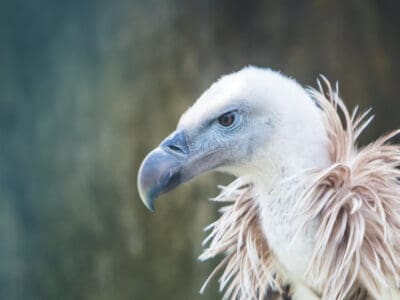
Griffon Vulture
Can spot a dead animal from thousands of feet away

Gypsy Moth
One of the most invasive species in the world

Hamster
Able to run as quickly backwards as forwards!

Hare
Can reach speeds of over 50 mph!

Hawk Moth Caterpillar
Many hawk moth caterpillars eat toxins from plants, but don’t sequester them the way milkweed butterflies do. Most toxins are excreted.
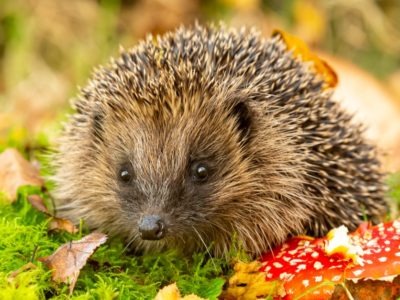
Hedgehog
Thought to be one of the oldest mammals on Earth!

Heron
Inhabits wetlands around the world!
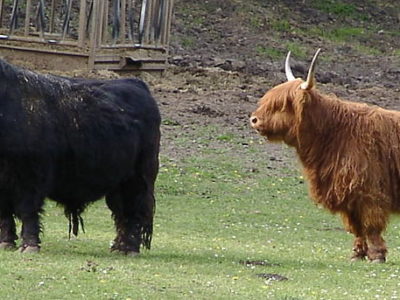
Highland Cattle
Natively found in the Scottish Highlands!

Honey Bee
There are only 8 recognized species!
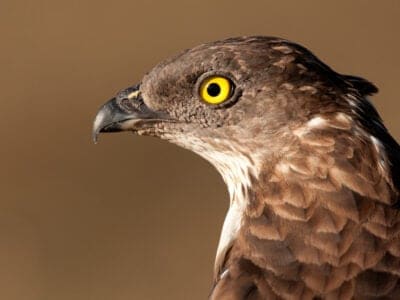
Honey Buzzard
Honey buzzards are medium-sized raptors that earned their names by raiding the nests of bees and wasps.
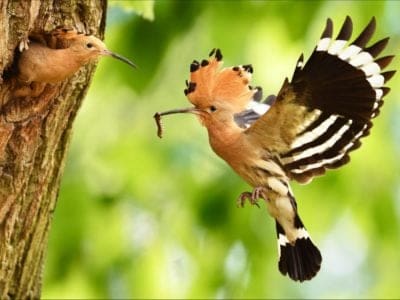
Hoopoe
Stunning bird with a stinky way to deter predators!

Horse
Has evolved over 50 million years!

Horsefly
Horseflies have been seen performing Immelmann turns, much like fighter jets.

Housefly
The fly has no teeth

Human
Thought to have orignated 200,000 years ago!

Huntsman Spider
Some huntsman spiders have an interesting way of moving around. Some cartwheel while others do handsprings or backflips.

Insects
There are an estimated 30 million species!
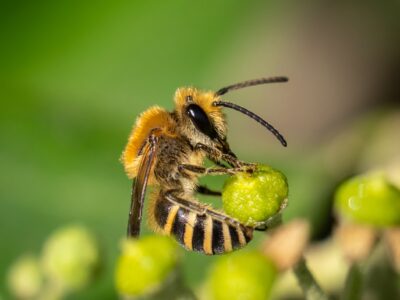
Ivy Bee
N/A
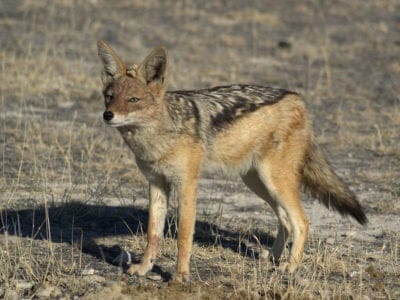
Jackal
Can maintain speeds of 16 km/h!
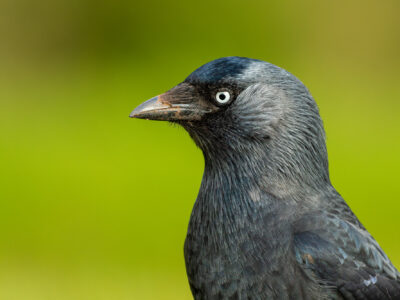
Jackdaw
The jackdaw tends to mate for life with a single partner

Jumping Spider
Some can jump 50 times the length of their bodies

Kingfisher
Inhabits wetlands and woodlands worldwide!

Ladybug
There are more than 5,000 species worldwide!
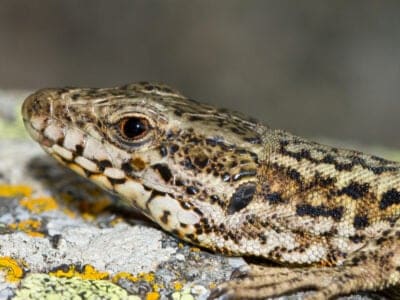
Lazarus Lizard
Lazarus Lizards can communicate through chemical and visual signals.

Leech
Has 10 pairs of eyes!
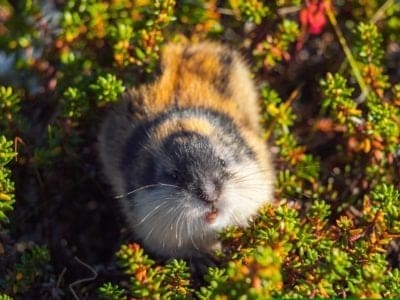
Lemming
Does not hibernate during the bitter Arctic winter!
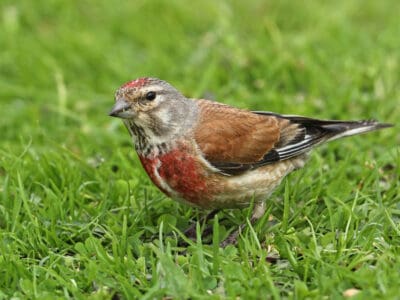
Linnet
While linnets are monogamous during mating season, they do not mate for life. While breeding pairs are together, the males are highly territorial and will defend the nesting site and the surrounding area.

Lizard
There are around 5,000 different species!

Locust
Each locust can eat its weight in plants each day.
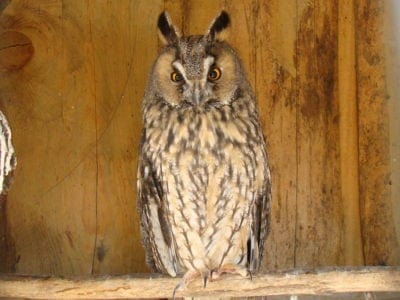
Long-Eared Owl
Ear tufts make it look bigger!
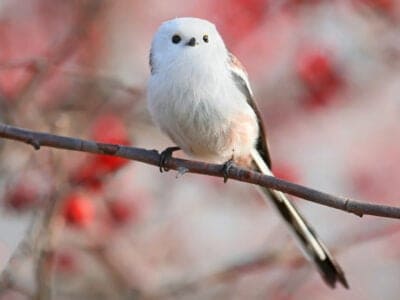
Long-Tailed Tit
Often hangs upside down while feeding!
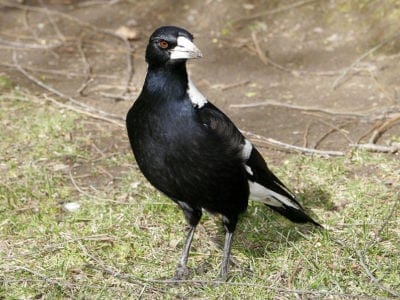
Magpie
They are found across Europe, Asia and Africa!
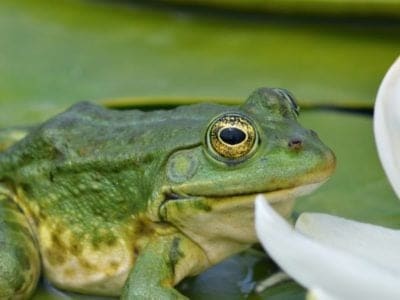
Marsh Frog
Has bright green skin!

Mayfly
There are 2,500 known species worldwide!

Mealybug
They have a symbiotic relationship with ants.
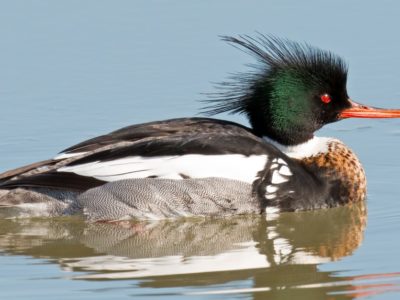
Merganser
They line their nests with their feathers

Millipede
Some species have a poisonous bite!

Mole
Primarily hunts and feeds on Earthworms!
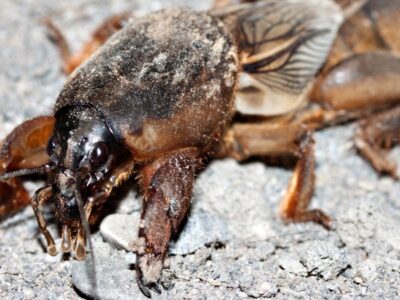
Mole Cricket
Adult Mole crickets may fly as far as 5 miles during mating season and are active most of the year.

Mongrel
Has characteristics of two or more breeds!

Moorhen
Feeds on aquatic insects and water-spiders!

Mosquito
Only the female mosquito actually sucks blood

Moth
There are 250,000 different species!

Mouse
Found on every continent on Earth!

Mule
The offspring of a horse and donkey parents!

Neanderthal
Roamed Asia and Europe for around 100,000 years!

Nematode
Nematodes range in size from 1/10 of an inch to 28 feet long
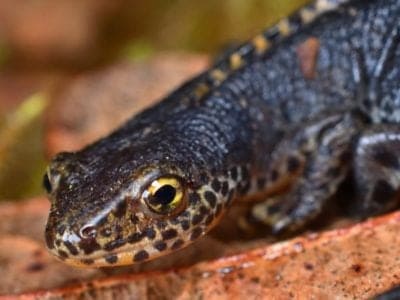
Newt
Able to regrow lost or damaged limbs!
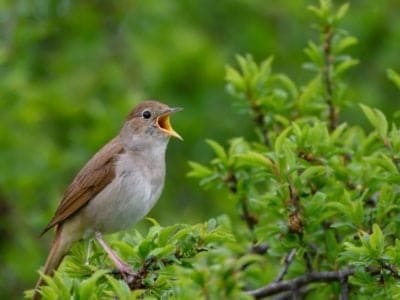
Nightingale
Named more than 1,000 years ago!

No See Ums
There are more than 5,000 species.
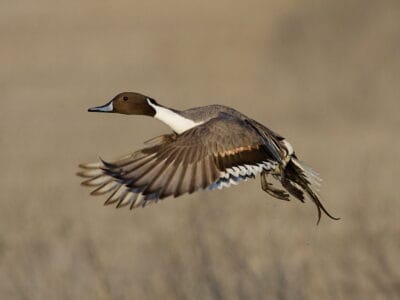
Northern Pintail
Northern pintails migrate at night with speeds reaching 48 miles per hour!
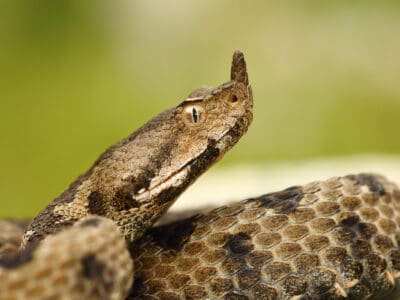
Nose-Horned Viper
The fangs of a nose-horned viper can be as long as half an inch!
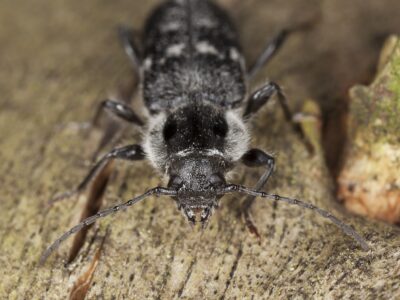
Old House Borer
Depending on the habitat and climate, these beetles can live between 2 to 10 years, often staying in their larval stage for several years, making them extremely dangerous to wooden structures.
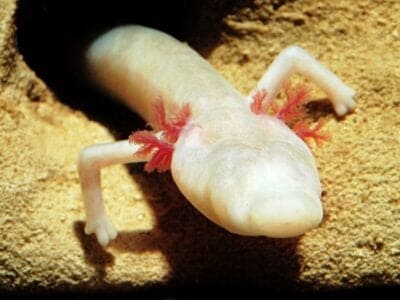
Olm
Inhabits dark underwater caves

Orb Weaver
Females are about four times the size of males
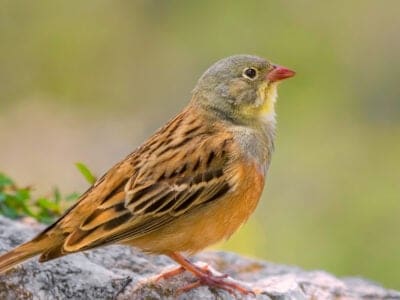
Ortolan Bunting
The tradition of hiding your face with a napkin or towel while eating this bird was begun by a priest who was a friend of the great French gastronome Jean Anthelme Brillat-Savarin.

Osprey
They reuse nesting sites for 70 years!

Otter
There are 13 different species worldwide

Owl
The owl can rotate its head some 270 degrees

Peregrine Falcon
Fastest animal on Earth

Pheasant
Females lay between 8 and 12 eggs per clutch!
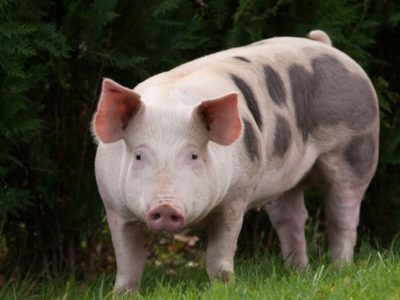
Pig
Thought to have been domesticated in 9,000 BC!

Pigeon
They can find their way back to their nests from up to 1300 miles away.
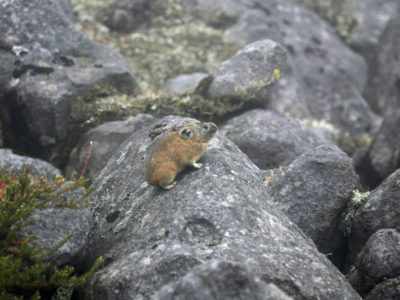
Pika
Found in mountainous regions and rocky areas
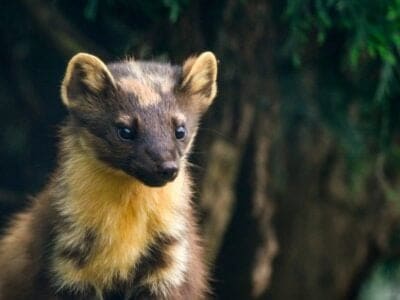
Pine Marten
A pine marten can jump from tree to tree similar to a squirrel.
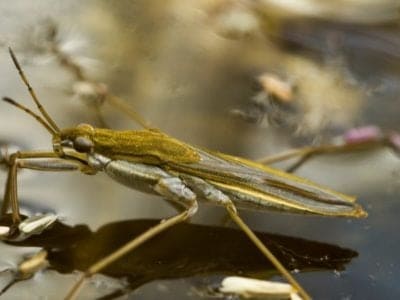
Pond Skater
There are 500 different species!
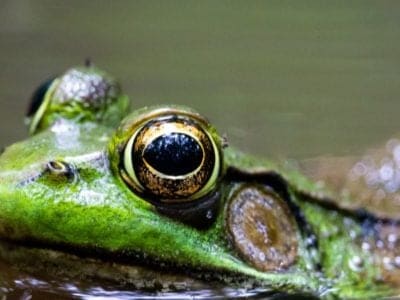
Pool Frog
The rarest amphibian in the UK!
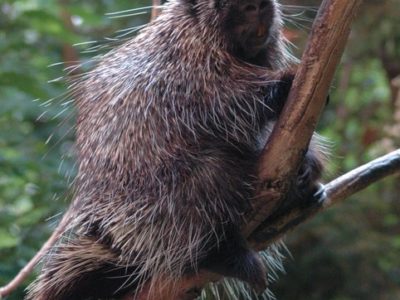
Porcupine
There are 30 different species worldwide!
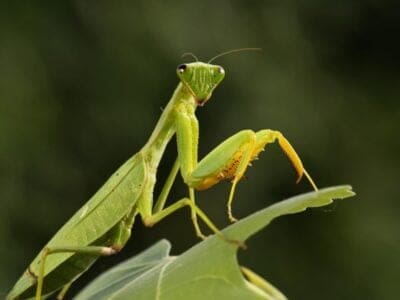
Praying Mantis
The mantis can turn its head 180 degrees.
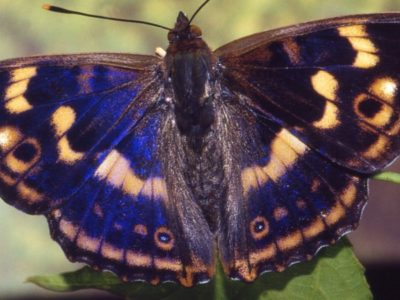
Purple Emperor Butterfly
Inhabits deciduous forests!
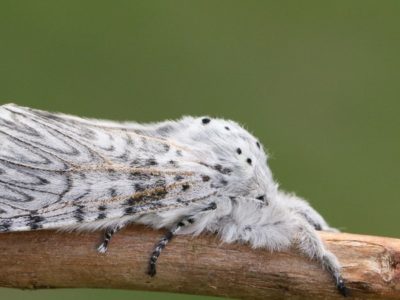
Puss Moth
Caterpillars squirt formic acid!

Quail
Inhabits woodland and forest areas worldwide!
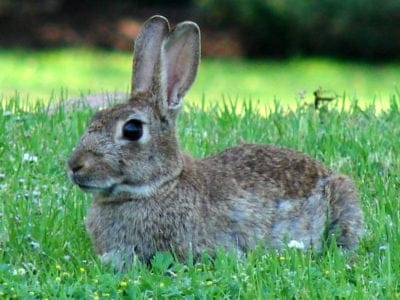
Rabbit
There are more than 300 different species!
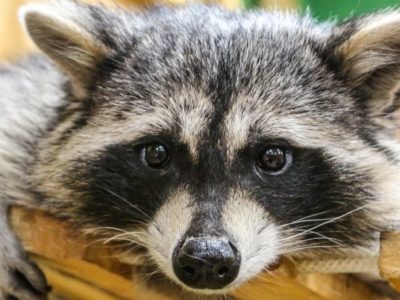
Raccoon
Known to wash their food before eating it!
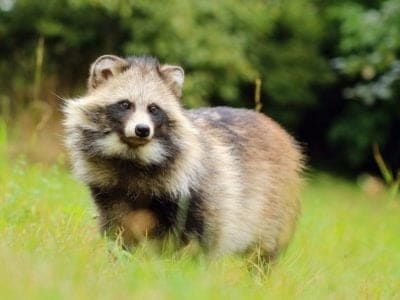
Raccoon Dog
The only hibernating canine!

Rat
Omnivores that eat anything!
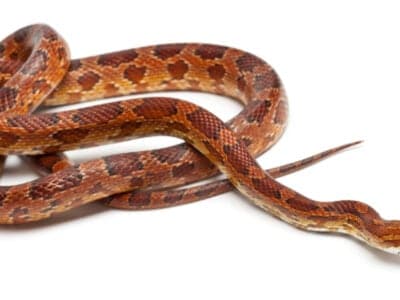
Rat Snakes
Rat snakes are constrictors from the Colubridae family of snakes.

River Turtle
Inhabits freshwater habitats around the world!

Robin
There are more than 45 species in Australia alone!

Rodents
The capybara, the world’s largest rodent, likes to be in and around bodies of water. Because of this, the Catholic Church in South America decided that it was a fish, and people were allowed to eat it during Lent and First Fridays.
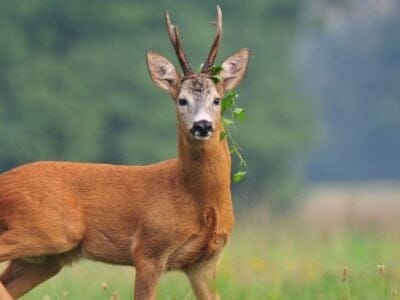
Roe Deer
The roe is one of the most popular game animals in Europe

Rooster
Will mate with the entire flock!
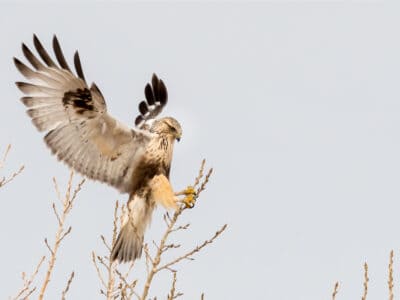
Rough-Legged Hawk (Rough-Legged Buzzard)
Its scientific name, lagopus, is Ancient Greek for “hare” and “foot,” referring to its feathered feet and toes.

Sable Ferret
Ferrets were used during the Revolutionary War to keep down the rat population.
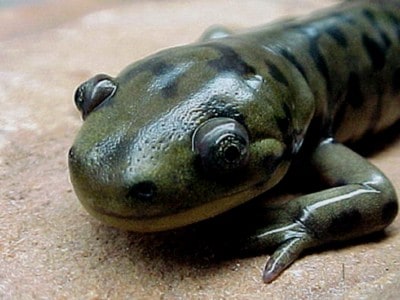
Salamander
There are more than 700 different species!
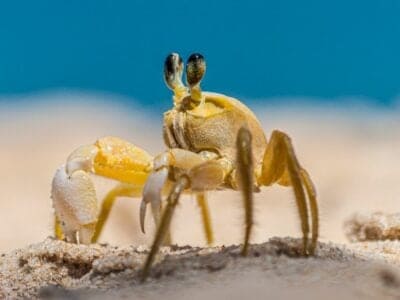
Sand Crab
The sand crab burrows beneath the sand with its tail
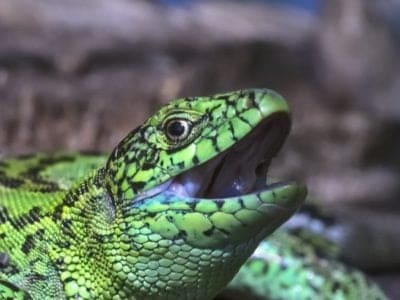
Sand Lizard
Males turn green in spring!

Scorpion
There are around 2,000 known species!

Sea Eagle
The sea eagle tends to mate for life with a single partner

Seahorse
Males give birth to up to 1,000 offspring!

Sheep
Around 35 million in the English countryside!
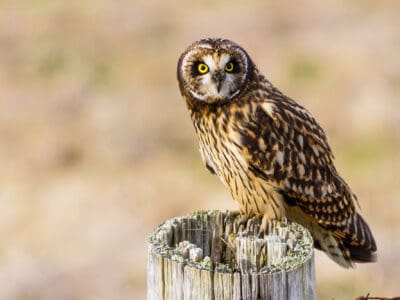
Short-Eared Owl
The short-eared owl is one of the most widespread owl species in the world, covering five continents.

Shrew
The spinal column of the shrew Scutisorex somereni is so strong and reinforced that it can support the weight of an adult human.

Shrimp
There are 2,000 different species worldwide!

Skink Lizard
Some skinks lay eggs in some habitats while giving birth to skinklets in other habitats.
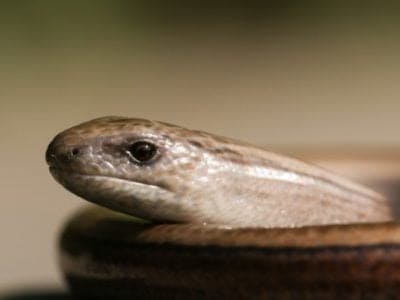
Slow Worm
Found widely throughout British gardens!

Slug
They glide around on one foot, which is aided by the slime they produce

Smokybrown Cockroach
Has up to 45 eggs per egg case

Snail
There are nearly 1,000 different species!

Snake
There are around 4,000 known species worldwide
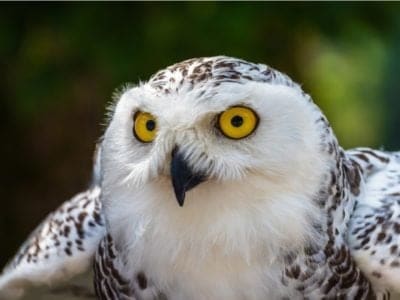
Snowy Owl
One of the largest owl species in the world!
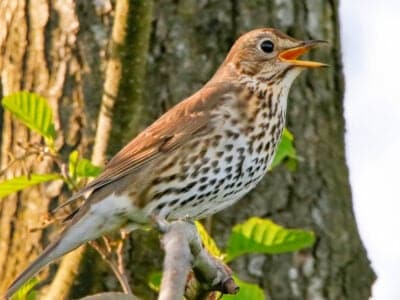
Song Thrush
A male song thrush can have over 100 phrases in his repertoire of songs and can imitate pet birds, telephones and other man-made objects.
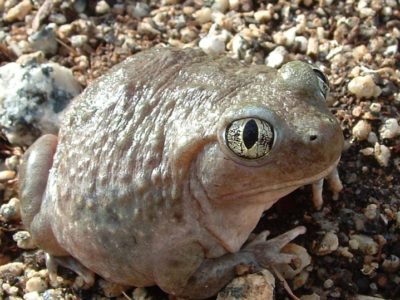
Spadefoot Toad
They spend most of their time underground!

Sparrow
There are 140 different species!

Spider Wasp
They prey on spiders to feed their larvae or they parasitize other spider wasps.

Squirrel
Small rodents found in woodlands worldwide!

Stick Insect
There are more than 3,000 different species!
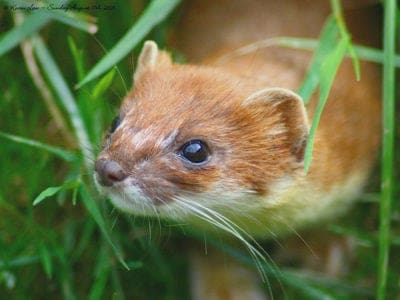
Stoat
Average adults weigh about 200 grams!
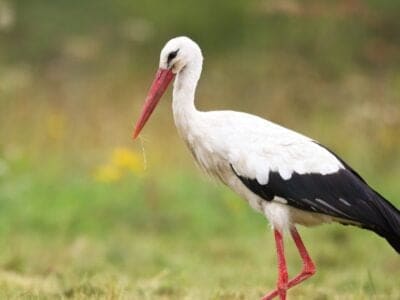
Stork
They can’t sing like other birds.

Swan
Populations have been affected by pollution!
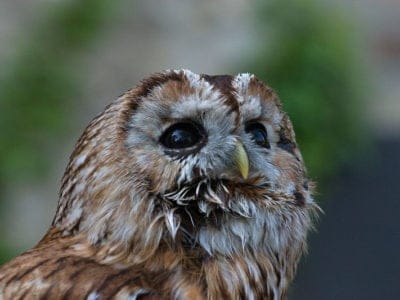
Tawny Owl
The most widespread owl in Europe!

Termite
Their mounds can be up to 9 meters tall!
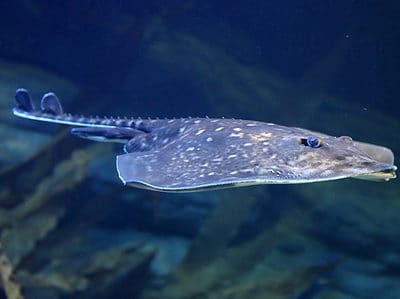
Thornback Ray
The skate with the biggest spines!

Thrush
The American robin is called the robin because its red breast reminded European settlers of the robin back in the old country.

Tick
They inject hosts with a chemical that stops them from feeling the pain of the bite

Tiger Beetle
The adult tiger beetle is one of the fastest land insects in the world
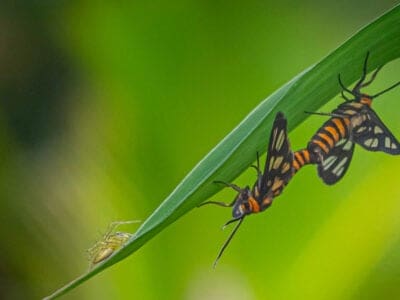
Tiger Moth
The bright colors of this moth are a signal to predators that it has a terrible taste.

Tree Frog
Found in warmer jungles and forests!

Turtles
Some species of aquatic turtles can get up to 70 percent of their oxygen through their butt.
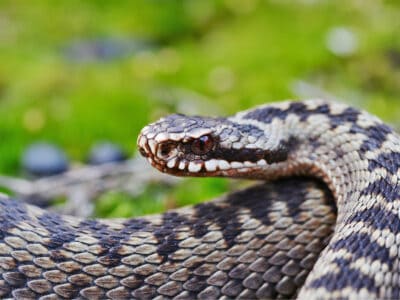
Viper
Vipers are one of the most widespread groups of snakes and inhabit most

Vulture
There are 30 different species worldwide!

Wasp
There are around 75,000 recognised species!
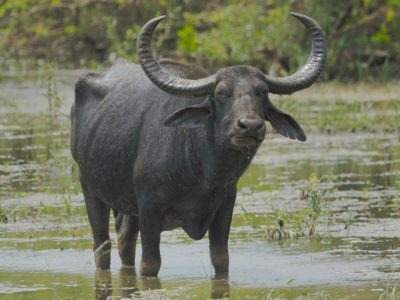
Water Buffalo
Has been domesticated for thousands of years!
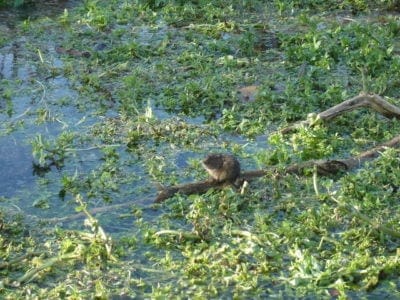
Water Vole
The largest Vole species in the UK!
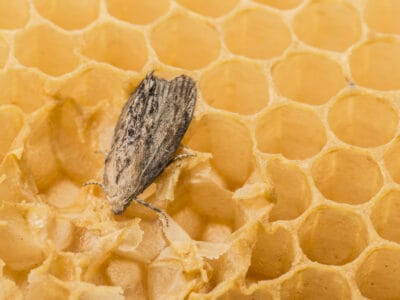
Wax Moth
The Wax Moth larvae are more dangerous than the adult.
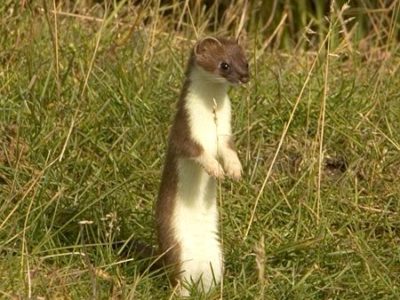
Weasel
The smallest carnivorous mammal in the world!

White Ferret / Albino Ferrets
There are two different types of white ferrets!
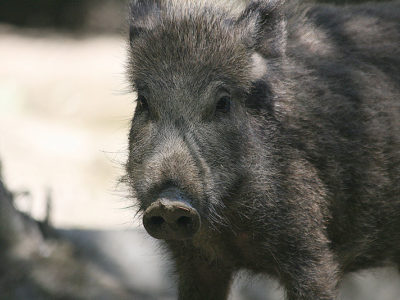
Wild Boar
Males have a top tusk to sharpen the bottom one!
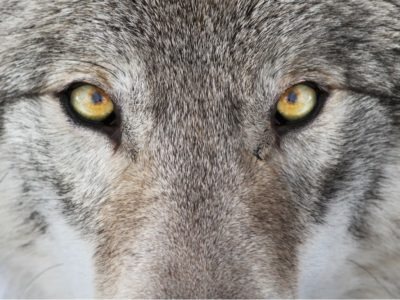
Wolf
Thought to date back more than 300,000 years!

Wolf Spider
Carnivorous arachnid that hunts its prey.

Woodlouse
This animal can roll up into a ball
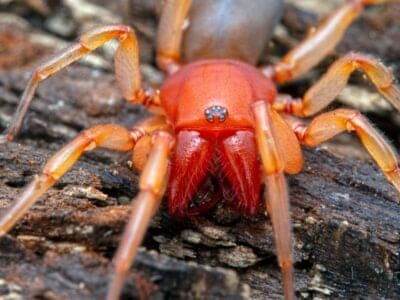
Woodlouse Spider
Unlike most spiders, woodlouse spiders don’t build a web.

Woodpecker
There are 200 different species!

Worm
Doesn’t have eyes.
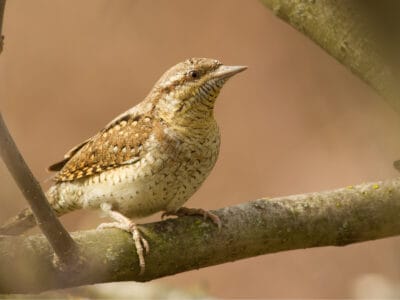
Wryneck
They feign death by making their bodies limp and closing their eyes.
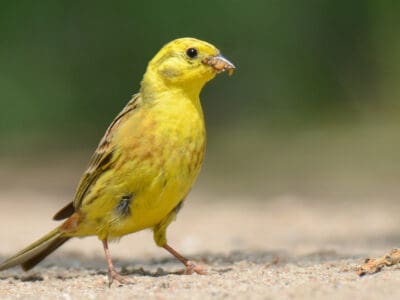
Yellowhammer
It interbreeds with the pine bunting
Montenegrin Animals List
- Admiral Butterfly
- Ant
- Armyworm
- Aurochs
- Avocet
- Badger
- Balkan Lynx
- Barn Owl
- Barn Swallow
- Bat
- Bed Bugs
- Bee
- Beetle
- Beewolf wasp
- Bird
- Biscuit Beetle
- Black Widow Spider
- Brown-banded Cockroach
- Brown Bear
- Brown Dog Tick
- Bumblebee
- Butterfly
- Camel Cricket
- Carpenter Ant
- Cat
- Caterpillar
- Catfish
- Centipede
- Chamois
- Chicken
- Cicada
- Cockroach
- Codling Moth
- Common Buzzard
- Common European Adder
- Common Frog
- Common Furniture Beetle
- Common House Spider
- Common Loon
- Common Raven
- Common Toad
- Cormorant
- Cow
- Crab
- Crab Spider
- Crane
- Cricket
- Crow
- Cuckoo
- Dalmatian
- Dalmatian Mix
- Deer
- Devil’s Coach Horse Beetle
- Dog
- Dog Tick
- Donkey
- Dormouse
- Dragonfly
- Duck
- Dung Beetle
- Eagle
- Earthworm
- Earwig
- Edible Frog
- Eel
- Eurasian Bullfinch
- Eurasian Eagle-owl
- Eurasian Jay
- European Bee-Eater
- European Robin
- Falcon
- False Widow Spider
- Ferret
- Fire-Bellied Toad
- Fire Salamander
- Firefly
- Flea
- Fly
- Flying Squirrel
- Fox
- Frog
- Fruit Fly
- Gadwall
- German Cockroach
- Glass Lizard
- Glowworm
- Gnat
- Goat
- Goldcrest
- Golden Eagle
- Golden Oriole
- Goose
- Grasshopper
- Griffon Vulture
- Gypsy Moth
- Hamster
- Hare
- Hawk Moth Caterpillar
- Hedgehog
- Heron
- Highland Cattle
- Honey Bee
- Honey Buzzard
- Hoopoe
- Horse
- Horsefly
- Housefly
- Human
- Huntsman Spider
- Insects
- Ivy Bee
- Jackal
- Jackdaw
- Jumping Spider
- Kingfisher
- Ladybug
- Lazarus Lizard
- Leech
- Lemming
- Linnet
- Lizard
- Locust
- Long-Eared Owl
- Long-Tailed Tit
- Magpie
- Marsh Frog
- Mayfly
- Mealybug
- Merganser
- Millipede
- Mole
- Mole Cricket
- Mongrel
- Moorhen
- Mosquito
- Moth
- Mouse
- Mule
- Neanderthal
- Nematode
- Newt
- Nightingale
- No See Ums
- Northern Pintail
- Nose-Horned Viper
- Old House Borer
- Olm
- Orb Weaver
- Ortolan Bunting
- Osprey
- Otter
- Owl
- Peregrine Falcon
- Pheasant
- Pig
- Pigeon
- Pika
- Pike Fish
- Pine Marten
- Pond Skater
- Pool Frog
- Porcupine
- Praying Mantis
- Purple Emperor Butterfly
- Puss Moth
- Quail
- Rabbit
- Raccoon
- Raccoon Dog
- Rat
- Rat Snakes
- River Turtle
- Robin
- Rodents
- Roe Deer
- Rooster
- Rough-Legged Hawk (Rough-Legged Buzzard)
- Sable Ferret
- Salamander
- Sand Crab
- Sand Lizard
- Scorpion
- Sea Eagle
- Seahorse
- Sheep
- Short-Eared Owl
- Shrew
- Shrimp
- Skink Lizard
- Slow Worm
- Slug
- Smokybrown Cockroach
- Snail
- Snake
- Snowy Owl
- Song Thrush
- Spadefoot Toad
- Sparrow
- Spider Wasp
- Squirrel
- Stick Insect
- Stoat
- Stork
- Swallowtail Butterfly
- Swan
- Tawny Owl
- Termite
- Thornback Ray
- Thrush
- Tick
- Tiger Beetle
- Tiger Moth
- Tree Frog
- Turtles
- Viper
- Vulture
- Wasp
- Water Buffalo
- Water Vole
- Wax Moth
- Weasel
- White Ferret / Albino Ferrets
- Wild Boar
- Wolf
- Wolf Spider
- Woodlouse
- Woodlouse Spider
- Woodpecker
- Worm
- Wryneck
- Yellowhammer
Animals in Montenegro FAQs (Frequently Asked Questions)
What Animals Live in Montenegro?
Montenegro is a hub of wild animals. You’ll find long-eared owls, mules, brown bears, mice, pool frogs and thousands more.
Are there bears in Montenegro?
The brown bears appear to be the only dangerous animals in the country.




